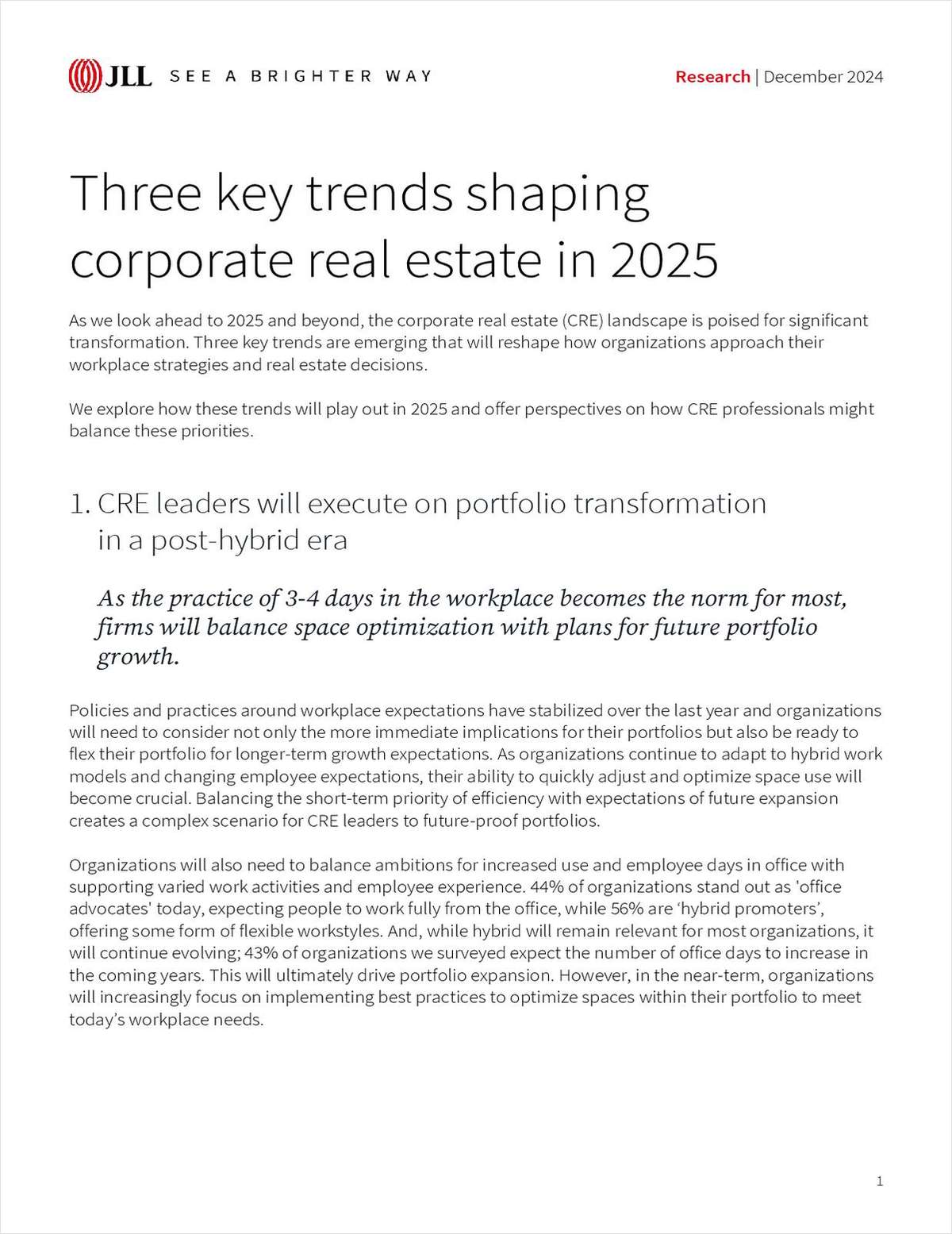CHICAGO—Retail development in the Chicago area is coming back, at least in top submarkets with high incomes and densities, according to officials from the Regency Centers Corp., an owner, operator and developer of grocery-anchored community shopping centers.
“Asking rents are approaching pre-recession levels,” says Vice President and Regional Officer Nick Wibbenmeyer, “it's as competitive as it's ever been.”
Last week, GlobeSt.com reported that the national firm had just closed on the purchase of an approximately 20-acre parcel along Waukegan Rd. in suburban Glenview once occupied by Avon Products Inc., and now plans to build Glen Gate, a 102,876-square-foot center on the site. Regency also recently launched the development of Shops on Main, a 200,000-square-foot community shopping center in Schererville, IN, a town located 25 miles southeast of downtown Chicago.
Jack H. Rosenberg, a principal of Colliers International | Chicago's Industrial Advisory Group, told GlobeSt.com that Colliers first marketed the Avon site in 2007, and back then, proposals mostly revolved around building residential units. This time, however, most developers came up with retail-heavy proposals.
“The condo market is not coming back; that market has evaporated,” says Wibbenmeyer. “The retail market was impacted by the downturn, but it has recovered.” Since 2010, for example, Regency had enough confidence in the area to purchase two major centers along Waukegan Rd. near the future Glen Gate, one anchored by a Whole Foods and the other with a Trader Joe's. Both are close to 100% occupancy. The firm now has roughly 750,000-square-feet along this section of Waukegan Rd., and the Glen Gate project, which a Mariano's Fresh Market will anchor, fits comfortably within their strategy to build grocery-anchored centers in high-income, high-density submarkets. “It's right in the bull's-eye,” he says.
And the $50 million Shops on Main project also sits in that bull's-eye. Located at the intersection of two main arterial roads, U.S. Route 41 and Main St., it will be anchored by Gordmans, Ross Dress for Less, HomeGoods and DSW Designer Shoe Warehouse, some of which will open in the spring. Regency is also conducting negotiations to bring in an upscale grocery. Although Schererville is perhaps not as well-known as the towns on the North Shore, Wibbenmeyer says it still functions as a suburb of Chicago, and furthermore, “it's still an underserved market,” with a retail vacancy rate in the single digits.
But other submarkets in the region have not seen a similar retail recovery. Wibbenmeyer believes the south suburbs of Chicago still has a vacancy rate of about 20%, and rates in parts of Kane County and the western suburbs hover between 10% and 11%, in contrast to the healthier submarkets in the inner western suburbs and the North Shore, where rates have fallen to around 5%. “Things were overbuilt there so they're still struggling to recover.”
And other regions handled by Regency's Chicago office also present a mixed picture. Minnesota, where the company has five retail centers, remains a very strong market. Two of the five were purchased since the end of the downturn, says Senior Manager of Investments Matt Hendy. Wisconsin, however, has been a bit of a different story. “They're on the same recovery trajectory as [Chicago], but I just think that they lag by a few months.”
Want to continue reading?
Become a Free ALM Digital Reader.
Once you are an ALM Digital Member, you’ll receive:
- Breaking commercial real estate news and analysis, on-site and via our newsletters and custom alerts
- Educational webcasts, white papers, and ebooks from industry thought leaders
- Critical coverage of the property casualty insurance and financial advisory markets on our other ALM sites, PropertyCasualty360 and ThinkAdvisor
Already have an account? Sign In Now
*May exclude premium content© 2025 ALM Global, LLC, All Rights Reserved. Request academic re-use from www.copyright.com. All other uses, submit a request to [email protected]. For more information visit Asset & Logo Licensing.








